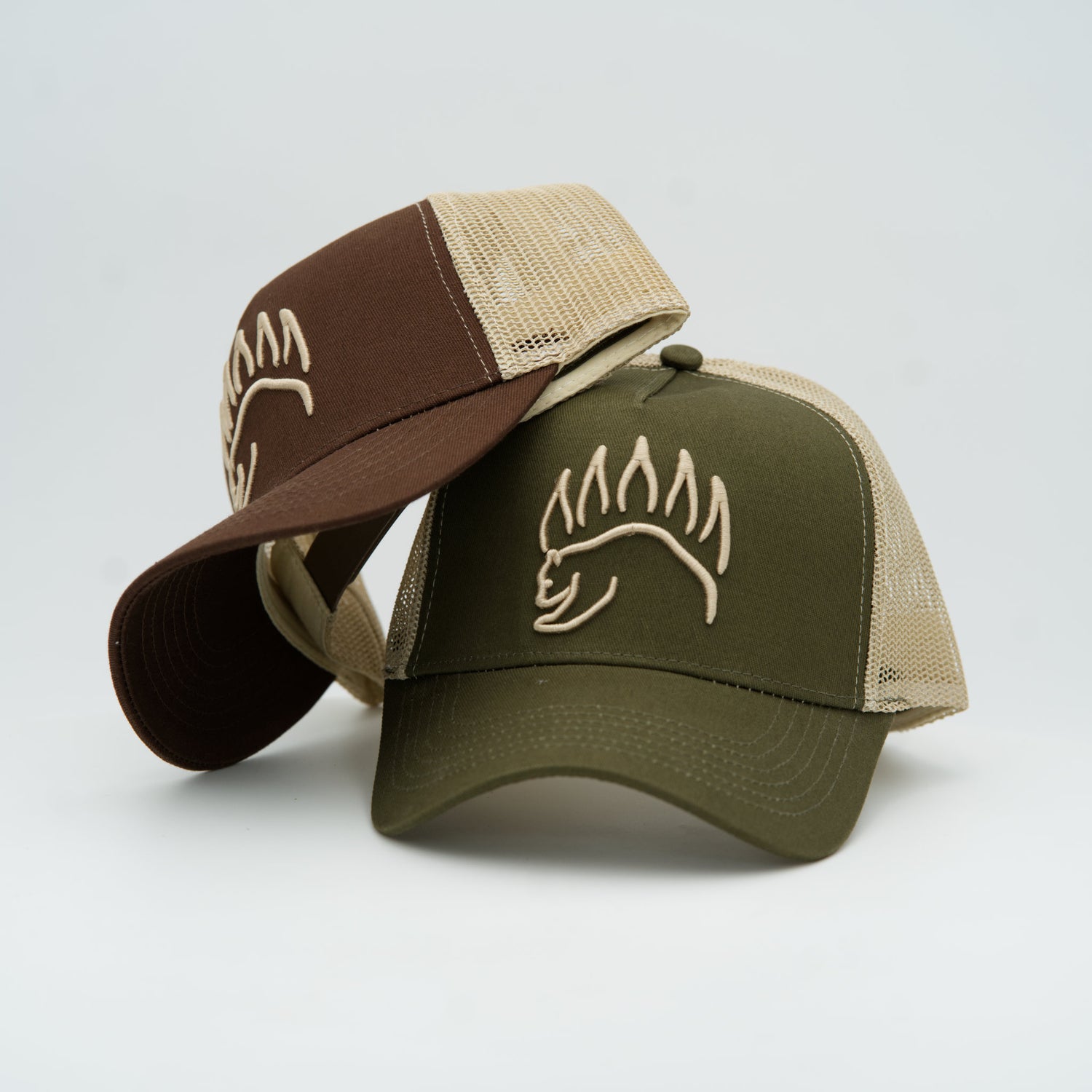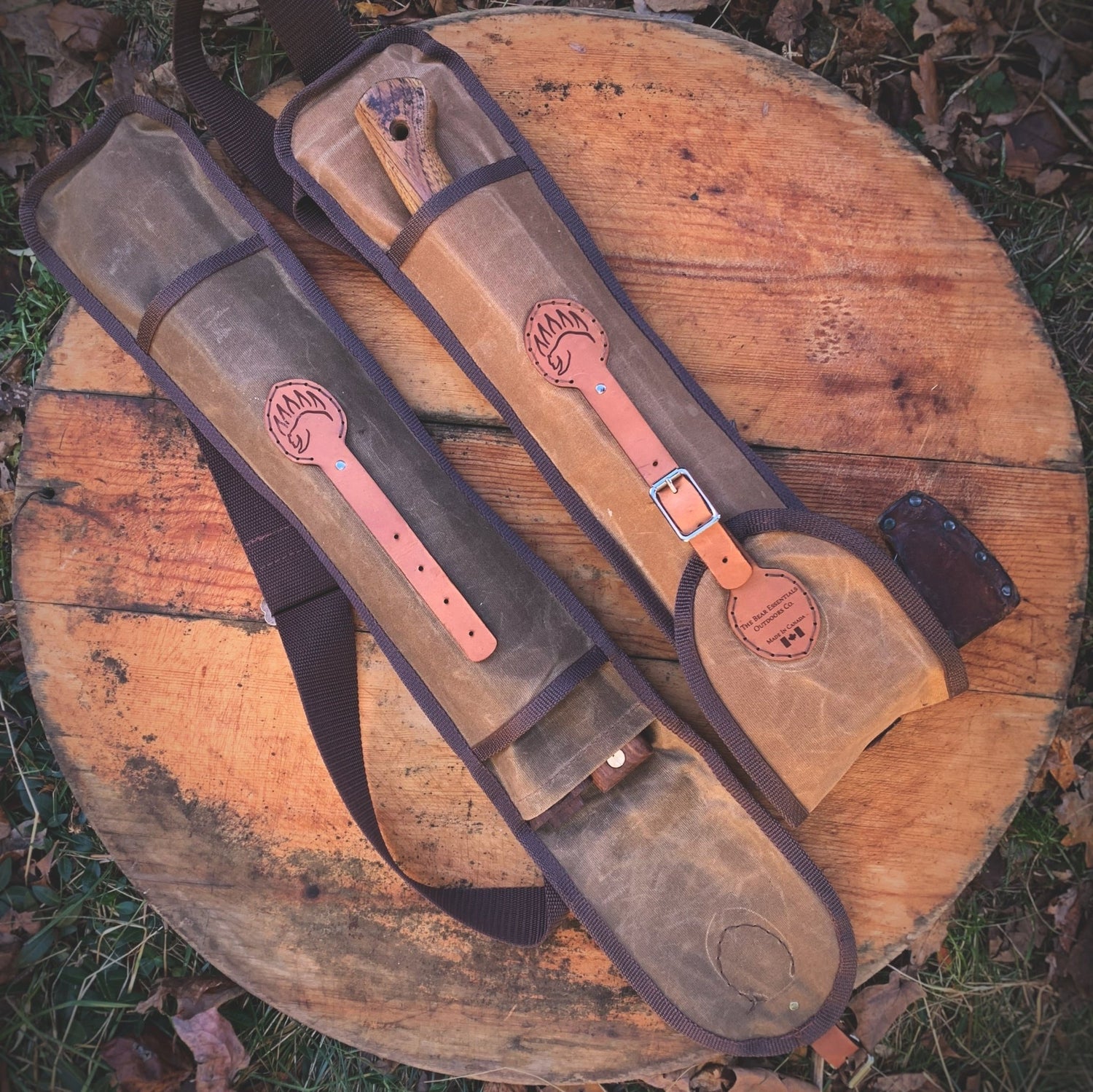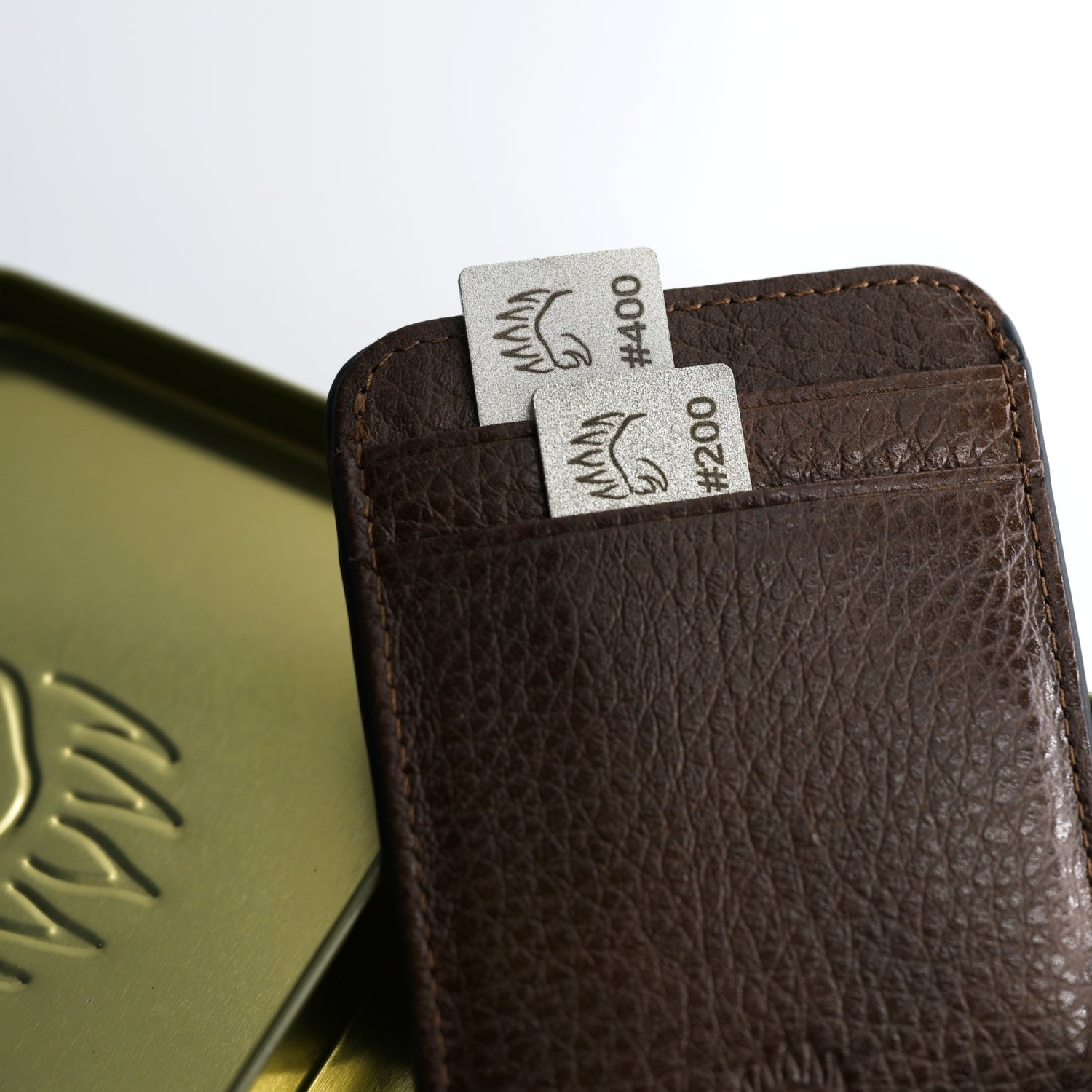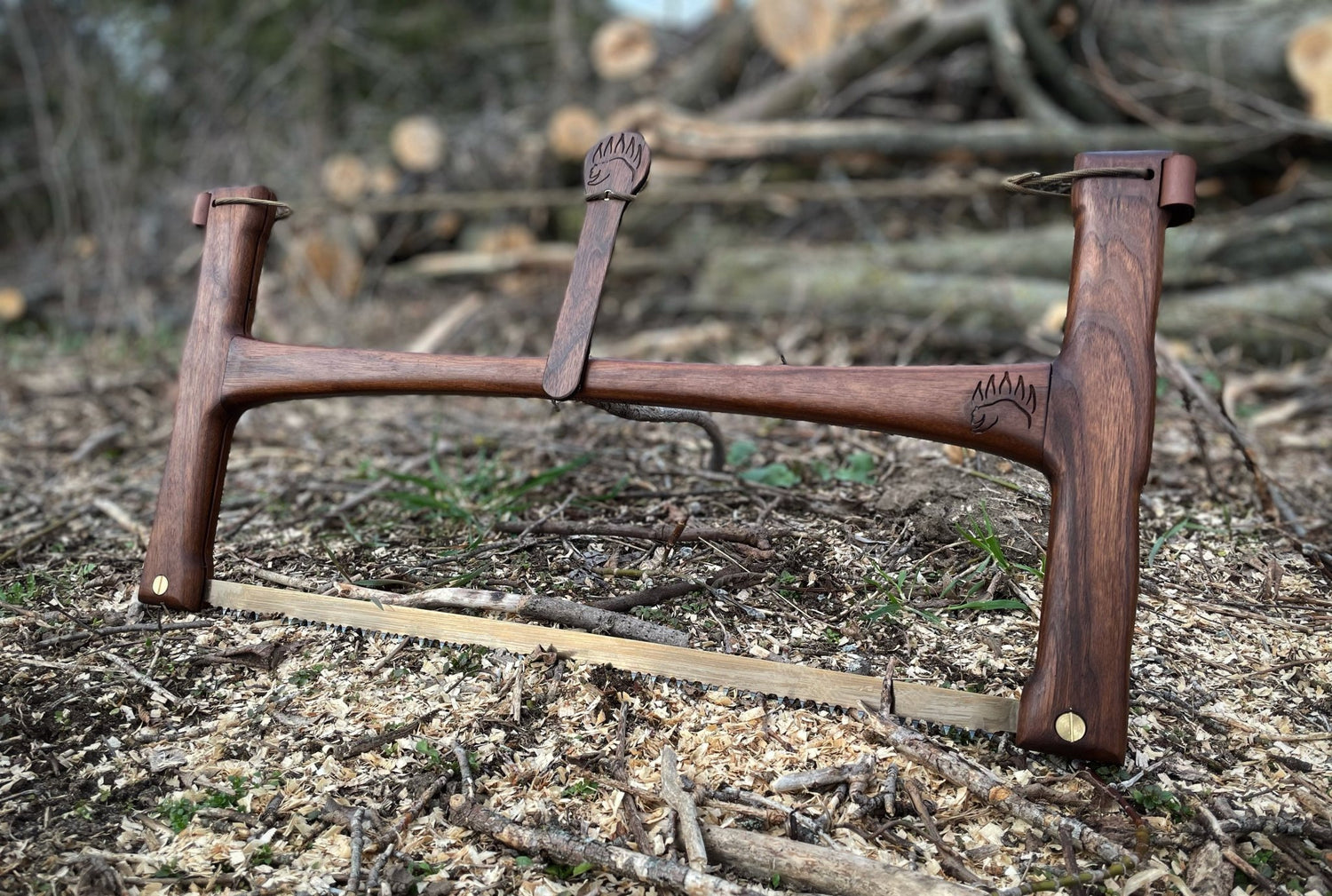If your dog lives for tug, fetch, and a good nose-work search in the yard, a hand-tied monkey fist dog toy is hard to beat.
It’s cheap, washable, repairable, and—when you tie it right—tough enough for daily play.
In this guide I’ll show you exactly how I build a rope ball knot from pet-safe rope, how to size it for your dog, and the small safety rules that keep fun from turning into a vet visit.
We’ll also cover handle options, cleaning, troubleshooting, and a few training games that make this thing a real “use it every day” toy.
I’ll keep the tone practical and field-tested. No jigs, no gimmicks—just your hands, a length of rope, and a little patience.
Why This Rope Ball Knot Works for Dogs
The monkey’s fist knot is a classic sailor’s knot.
It started life as a weighted end on a heaving line (you added mass so the line would fly farther).
For dogs, we keep the same compact, spherical structure without the heavy core.
Tied correctly, the wraps form a dense rope ball dog toy that flies well, is grippy in a dog’s mouth, and stands up to tug.
Why I like it over store-bought knotted dog toys:
- Custom size for your dog’s mouth and jaw strength.
- Materials control. You choose clean, pet-safe rope (no mystery dyes or chemical treatments).
- Repairability. If the handle frays, you can cut back and re-finish; if the fist loosens, you can snug it again.
-
Washable. Into a laundry bag, out to air-dry—done.
This is the same logic behind every great DIY monkey knot dog toy and monkey fist knot dog toy you’ve seen online—but built with a clearer safety checklist and cleaner tying steps.

Safety First: Materials, Sizing, and What to Avoid
Before we touch rope, we get the rules straight.
Dogs explore the world with their mouths, and rope strands can cause trouble if swallowed.
Rope choice (most important decision):
- Pick solid-braid cotton or another soft, pet-safe, undyed rope. Cotton is gentle on teeth, easy to grip, and machine-washable.
- Avoid manila that’s treated, harsh synthetics that shed sharp fibers, and neon bargain blends that bleed dye.
If you must use a poly blend, choose a soft, supple marine-grade line and melt the very ends to prevent fray (but don’t rely on melting as your only finish).
Core or no core?
For dog toys, no rigid core. The original monkey fist often used stones or metal shot; those are a hard “no” around pets. Rope-only fists make a safe, durable rope ball toy—the spherical shape comes from the wraps, not hidden weight.
Tennis ball core?
Popular, but not my pick. The fuzzy felt can act like sandpaper on enamel, and the cover is easy to shred and swallow. If you want a “ball,” make it out of rope only or use a smooth, tough rubber ball sized well above your dog’s back molars (and still supervise).
Size guide (ball bigger than the back molars):
- Small/medium dogs: ½–¾" (12–18 mm) cotton; finished fist ~2.5–3" (6–7.5 cm).
-
Large dogs: ¾–1" (18–25 mm) cotton; finished fist ~3–3.5"+ (7.5–9 cm).
When in doubt, go larger. If it can’t fit behind the molars, it’s much harder to swallow.
Supervision and inspection:
- This is a play-with-you toy: tug, fetch, search. Not a leave-all-day chew.
- Check before every session. Retire the toy if wraps loosen, tails fray long, or you can pull fibers free by hand.
-
Wash routinely; dry completely to prevent mildew.
Monkey Fist Dog Toy Gear Checklist
- 15–30 feet (5–10 m) of cotton solid-braid rope (length depends on rope thickness and the size of the fist).
- Tape (masking or electrical) to whip ends while you tie.
- Scissors or snips.
- Optional: A lighter only if you used a poly blend and need to seal trimmed ends (not needed for cotton).
-
Optional handle ideas: A simple tail with a stopper knot, or a short loop handle..
You don’t need a jig. For a first build, fat, soft rope makes learning the ball knot rope structure easier. Once your hands “get it,” you can step down in diameter.
Anatomy of the Monkey Fist Knot (3×3×3 Wraps)
We’ll build three sets of wraps at right angles—three vertical, three horizontal, three front-to-back—for a compact, balanced rope ball knot.
Keep the wraps parallel and snug, and the sphere will form on its own.
Step-by-Step: Tie a Monkey Fist Dog Toy (Freehand Method)

Learn more about the Monkey Fist Knot in our knot tying tutorials blog.
1. Prep the rope.
Tape both ends to stop fray. Pick one end as your “working end.” Leave a tail of 10–12" (25–30 cm) before your first wrap if you plan to turn it into a handle later.
2. First axis—vertical wraps (3 turns).
- Hold your non-dominant hand like a “C” with two or three fingers together.
- Lay the working end across your fingers and wrap three even turns vertically. These become lanes for the next layers, so stack them neatly—no crosses.
-
Keep the wraps snug but mobile; you’ll tighten later.
3. Second axis—horizontal wraps (3 turns).
- Pinch the bundle so it stays put and rotate it 90° so the opening faces you.
-
Pass the working end around the outside of the vertical bundle and make three horizontal wraps. These should lay on top of the first set, like bands on a globe.
4. Third axis—front-to-back wraps (3 turns).
- Find the opening that runs front to back through your bundle (between the first two sets).
-
Feed the working end through that tunnel, then back around and through again, laying three parallel passes. Now you should see three parallel strands on each axis—the classic 3×3×3 structure.
5. Tighten in sequence (the secret sauce).
- Don’t reef the whole ball at once. Instead, find where the working end exits and chase the slack: pull a little tension into one segment, then move to the next segment along the path, all the way around the knot.
-
Do two laps: first lap to “set” and round the shape, second lap to firm it. The ball should become a dense, even sphere with no gaps or crosses.
6. Add a handle (three options):
- Simple tail with stopper: Leave 8–12" (20–30 cm) tail, tie a double overhand or figure-8 stopper.
- Short loop handle: Form a small bight and whip it tight with strong thread or cord.
-
Sliding utility loop: Tie a rolling hitch or small prusik on the standing part to create an adjustable grab loop (handy for humans, not meant as a chew feature).
7. Dress and final check.
- Roll the fist in your palms to seat the wraps.
- Inspect: three parallel wraps on every axis, no twists, no hidden crosses.
-
Tug the handle; the ball shouldn’t deform or loosen.
Congratulations—you just built a monkey fist knot dog toy from rope only, no hard core, with a handle that makes tug and fetch easier.
Handle Finishes That Hold Up
- Tail + stopper (my default). Smooth, safe, easy to retie if you shorten the tail later.
- Short loop (whipped). Better for human grip, slightly less tempting to “de-thread” than a long tail.
-
No hardware ever. No plastic beads, metal rings, or carabiners. This is a dog ball rope toy, not a keychain.
If your dog fixates on the handle, keep it short and round off hard corners in the whip so there’s less for teeth to grab.
Sizing and Variations For Your Dog
- Bigger dog, thicker rope, same 3×3×3 wraps. Want a larger ball? Add one wrap per axis (4×4×4), but note you’ll need more rope and it gets harder to snug evenly.
- Smaller dog or puppy? Drop to ½" cotton and keep the 3×3×3.
- Sensitive mouths: Use the softest cotton you can find; solid braid beats twisted rope for comfort.
-
Heavy tuggers: Keep the ball dense by tightening carefully; finish the handle with an extra whipping and a compact stopper.
For creativity, you can add a second small fist at the end of the tail (like a tug-of-war handle), but keep every part rope only.
How Long Should Your Rope Be?
Rule of thumb for 3×3×3 fists:
- ½" (12 mm) rope: ~15–18 ft (5–6 m)
- ⅝"–¾" (16–18 mm) rope: ~18–24 ft (6–8 m)
-
1" (25 mm) rope: ~25–30 ft (8–10 m)
If you add a long handle or build a 4×4×4, add several feet. It’s better to have an extra tail (you can trim) than to run short in the last wraps.

How To Play With A Monkey Fist Dog Toy
- Tug sessions. Dog grabs the ball, you grab the tail or loop. Keep tugs low and straight—no high, jerky yanks that torque the neck.
- Fetch with control. The fist flies clean and is easy to pick up via the tail. Great in open yards or on soft ground.
- Search games. Hide the ball under a lawn chair or in tall grass and let your dog work scent. The rope ball toy holds curiosity because it smells like your hands.
-
Water retrieves (with cotton): Cotton gets heavy when wet; toss close and keep sessions short, then dry thoroughly.
If your dog is a shredder, use this as a “with-you” toy only. Give breaks, trade for a treat or a known chew (like a safe rubber toy), and put the fist away between sessions.
Care, Cleaning, and Retirement
- Wash regularly. Cotton can go in a laundry bag with mild detergent; extra rinse if your dog has a sensitive stomach. Air-dry fully (sun is your friend).
- Inspect before play. Look for pulled strands, loose wraps, and long tails. If you can tug fibers out by hand, retire it.
-
Repair what’s fixable. If just the handle frays, cut it back and tie a new stopper or re-whip the loop. If the ball loosens, you can re-snug by chasing the slack again.
When in doubt, remake it. Rope is cheap; emergency vet visits are not.
Troubleshooting the Rope Ball Knot
- Lumpy, egg-shaped ball. You didn’t chase slack evenly. Back up a turn and do a full “lap” of setting tension around the route, then repeat.
- Twisted wraps. Your rope picked up twist. Let the working end dangle and unwind before the next pass.
- Ball too small or too big. Change rope diameter or add/subtract one wrap per axis (always keep symmetry—3×3×3, 4×4×4, etc.).
- Handle slips. Use a bigger stopper (figure-8) or add a tight whipping above the knot to block migration.
-
Dog targets the tail only. Shorten the tail and make the stopper compact. Teach “take the ball” with shaped fetches (see below).
Training Games Using Your Monkey Fist Dog Toy
- Take/Drop: Present the ball; when your dog mouths it, mark (“yes!”) and cue drop for a quick treat. Short reps build clean exchanges.
- Two-toy switch: Toss Toy A; when the dog returns, show Toy B and cue drop. Reward with the new throw. Builds impulse control and clean releases.
- Find it: Hide the dog ball rope toy in easy spots and cue find it. Let the nose work; big praise on success.
- Tug rules: Start only on cue, tug low, and trade for food or a sit to end the game. Tug is powerful reinforcement—use it to pay for good behavior.

Frequently Asked Questions
Is a monkey fist safe for puppies?
Yes—with soft cotton, larger-than-molar size, and full supervision. Keep sessions short; no all-day chewing.
Can I use paracord?
You can, but it’s thin and can saw under tension. If you do, braid multiple strands into a thicker line. I still prefer soft cotton for mouths.
Will this clean teeth?
Lightly. Rope fibers offer mild abrasion, but this is a play toy, not a dental tool. Keep brushing and use vet-approved chews.
How does this compare to other knotted dog toys?
The monkey fist dog toy is denser and throws better than many store-bought ties. Because you control the rope, it’s gentler and easier to keep clean.
Can I hang it as décor or a key fob?
For décor, sure. For everyday carry: remember that historically, a weighted monkey’s fist was a “slungshot,” which has legal baggage in some regions. Our toy is rope-only and lives in the dog bin.
The Monkey Fist Dog Toy in a Nutshell
- Choose soft cotton solid-braid rope; size the finished ball larger than your dog’s molars.
- Tape the ends; pick a working end and leave tail for a handle.
- Wrap 3 vertical, 3 horizontal, 3 front-to-back; keep every set parallel.
- Chase slack around the route twice; first to round, second to firm.
- Add handle: tail + stopper, or a short loop (whipped).
- Inspect: clean lanes, no crosses, snug and spherical.
-
Supervise play; wash often; retire when frayed.
That’s the whole playbook. Tie it clean, keep it rope-only, and watch your dog while you play. If the strands start to fuzz, make a new one—rope is cheap and your dog’s gut isn’t.
Simple Materials, Honest Rope Ball Knots, Happy Dog
The best toys aren’t always molded in a factory.
A well-tied monkey fist dog toy checks every box: it throws far, it grips well, it’s gentle on teeth, and it can be washed and rebuilt.
Start with soft cotton, build a tidy rope ball knot using the 3×3×3 pattern, add a short, sturdy handle, and set a routine: play together, inspect often, retire quickly.
That’s how you turn a few feet of rope into your dog’s favorite game—and a calm, sleepy friend afterward.




